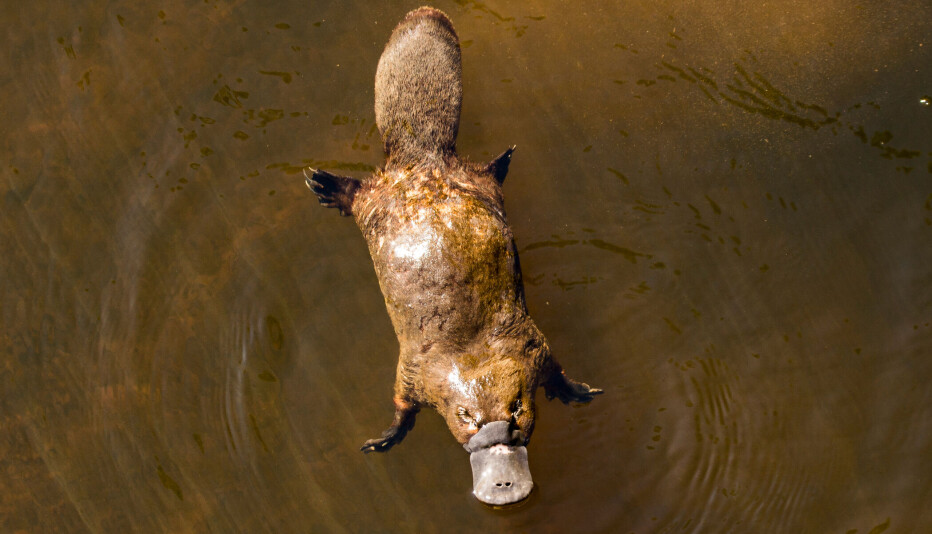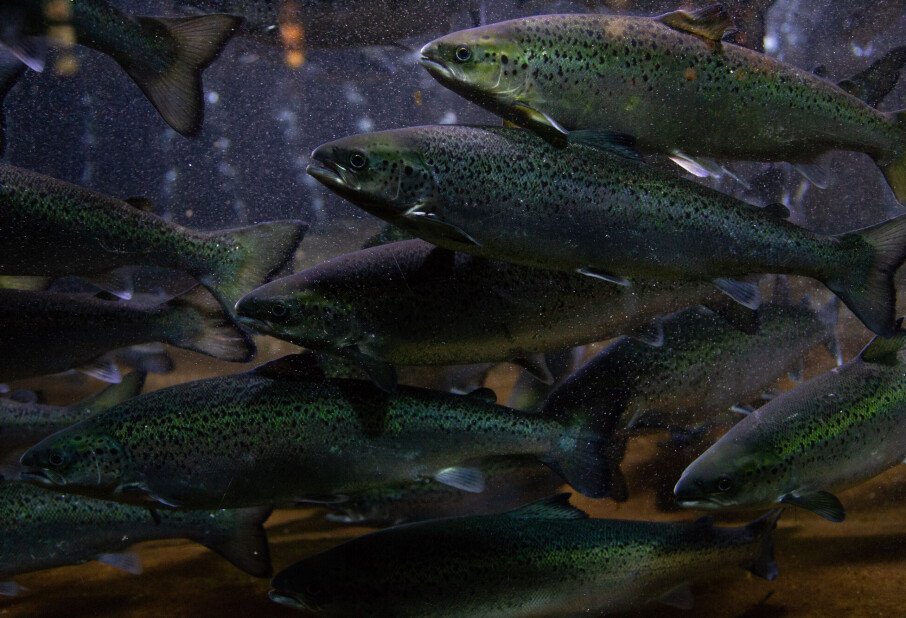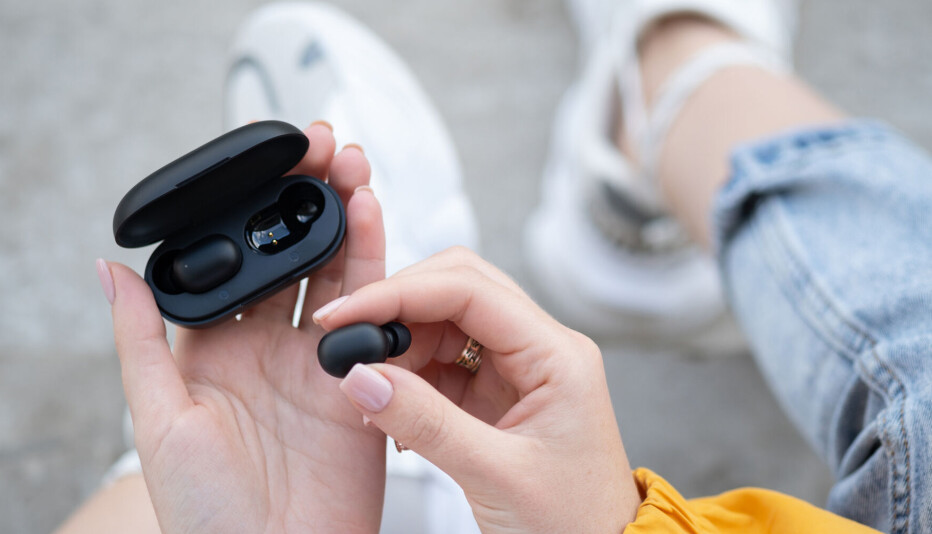
Fish in drug-tainted water see some benefits
Swedish freshwater perch have been seen to thrive in water contaminated by anti-anxiety medications. Researchers think most studies, which look solely at the negative aspects of pharmaceutical pollution, could be missing some perks for perch.
Denne artikkelen er over ti år gammel og kan inneholde utdatert informasjon.
The medications we take have an effect on more than our own, imperfect bodies. Some of the active ingredients pass through us and into sewage systems, and through water treatment plants in highly diluted doses, eventually getting into watercourses and the sea.
For example, tonnes of painkillers per year get flushed through Norwegian toilets and into sewage systems. And Norway has only five million people. International studies show that traces of anti-depressants and other pharmaceutical compounds such as those in contraceptive pills are contaminating rivers, lakes and oceans.
Some of these ingredients take a long time to degrade. Until they do, these medicines have the potential to affect aquatic creatures living close to the outlet locations.
Managed better
Swedish scientists showed in 2013 that pike (or perch) that came in contact with water contaminated with the drug Oxazepam ― commonly used to treat anxiety ― exhibited changes in behaviour. They became more social and even more daring in their hunt for food.
How did it affect their lives?
Swedish researcher Tomas Brodin and his colleagues have returned with a new publication about the perch that lived in an experimental environment laced with antidepressants. They actually fared better than fish in water free of the drug. Fewer of the lightly drugged fish died over the course of the experiment.
The researchers think this shows that the standard tests designed to reveal negative effects of pharmaceuticals pollution might be too narrow in their focus.
However, a positive effect for one species can still be negative for other aspects or species of the ecosystem.
Detrimental to others
“This positive impact doesn’t apply to all species. When one species is favoured the entire system can be altered. This can come at the expense of other species in the ecosystem,” says Bjørn Munro Jenssen, a biology professor at the Norwegian University of Science and Technology (NTNU).
He also questions the validity of the results of these experiments for natural ecosystems. As the Swedish scientists stressed, there were no larger predators in the tanks where perch were swimming in water laced with pharmaceuticals.
The results would be different with natural enemies on the scene. It is not unlikely that the perch that had been swimming in pharmaceutical-polluted water would be easier prey for fish that were not “under the influence” of drugs.
Munro Jenssen does think the Swedish researchers have a point when they say that studies of contaminants in water might be too focused on negative effects.
Studies fail to reveal beneficial effects
Brodin and colleagues have a ready explanation for why so few scientists have looked at positive effects of traces of medicines in aquatic ecosystems.
Most studies of risks from pharmaceutical pollution are conducted along the lines of standard tests for environmental toxins in ecosystems, the Swedish researchers write in the latest issue of Environmental Research Letters.
But these tests are structured in a way that hampers the detection of possible positive effects of medicinal contaminants.
When researchers study the impact of a pharmaceutical product, they compare a group of animals living in contaminated water with a control group in clean water.
The standard method is to strive to create laboratory conditions that are so good that none of the animals in the control group die during the experiments. In this way even a miniscule amount of medicine-related deaths become evident among the creatures in contaminated water.
At the same time, any possible advantageous effects in the group living in drug-polluted water are made invisible. It becomes impossible for more of these creatures to survive than in the control group.
Brodin and colleagues think that this kind of research should start taking into account the fact that traces of pharmaceutical compounds in the water might be a boon for certain species.
Otherwise there is a risk that essential ecological consequences are being systematically overlooked.
Translated by: Glenn Ostling






























